It’s no secret that both young and old love different forms of media like photos and videos. Apart from practical reasons, you take photos or videos to preserve precious moments or freeze time.
People may have plenty of pictures inside their photo albums. However, as technology advances, you may have already switched from camera to tablet or smartphone. Unlike pictures from cameras that you can store in a photo album, pictures from your gadgets are not very easy to store for a long time. You will need a lot of memory and space.
Since most media these days are all digital, you need to find the perfect storage device to store them for longer periods. However, are you aware of the different storage devices available in the market today?
If you are not quite familiar with various storage devices, then keep reading!
Internal Hard Drive
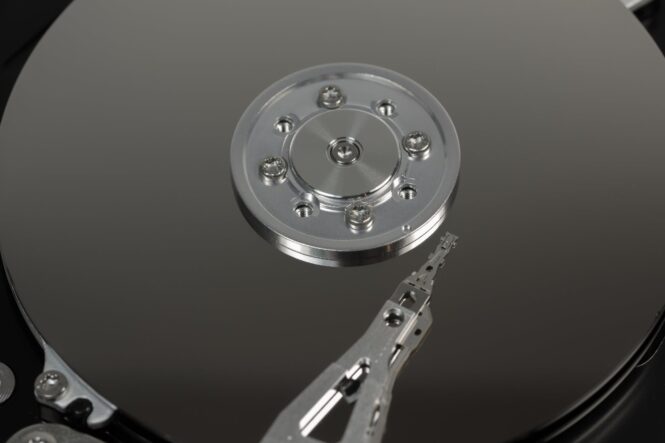
An internal hard drive is the most basic storage device. You can find it inside your desktop computer or laptop with a capacity range of 500GB to 1TB for laptops and 500GB to 6TB for desktops.
Interestingly, you can add a second up to the fourth hard drive in your desktop PC. That is possible as long as it is allowed by the PC connectors and case on the motherboard and power supply.
External Hard Drives
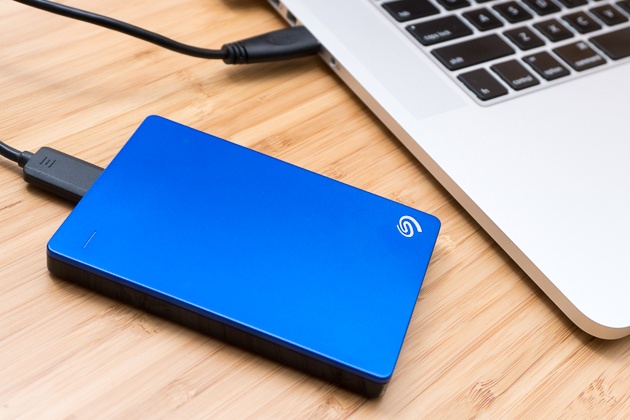
Other than internal hard drives, the storage of your computer also needs an external hard drive. This storage device often used USB 3.0 to connect to your laptop or desktop PC. It requires a wall adapter for power.
The external hard drive offers the simplest way to add storage capacity to the computer system. This storage device is available in varying sizes, from 1TB to 8TB or more depending on the physical size and model.
Meanwhile, this storage device does require installation. All you need is to do plug it in and allow the computer system to detect it. It is already pre-formatted, so you can proceed to open your Windows Explorer window. After that, you can begin dragging and dropping media to it.
Portable External Hard Drives
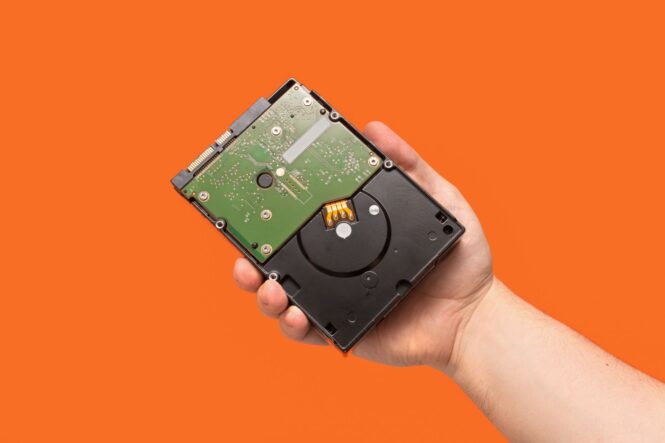
One of the most interesting things about the portable external hard drive is that you can bring it anywhere you want. If you wish to access media files at school or work, it perfectly fits in your pocket.
The connection interface of a portable external hard drive is often USB 3.0. Apart from that, it also derives its power through this connection. As for the storage capacity, it ranges from 500GB to 4TB.
This storage device is not only perfect for storing photos and music, but also large video files. The same way with the regular external hard drives, you can plug it into a smart TV and any other home entertainment devices.
You can take advantage of this device storage if you want something that you can easily carry around anytime. Make sure to back up this device on your computer or other external hard drives because it can be accidentally lost or damaged.
Easy Ways to Choose A Storage Type
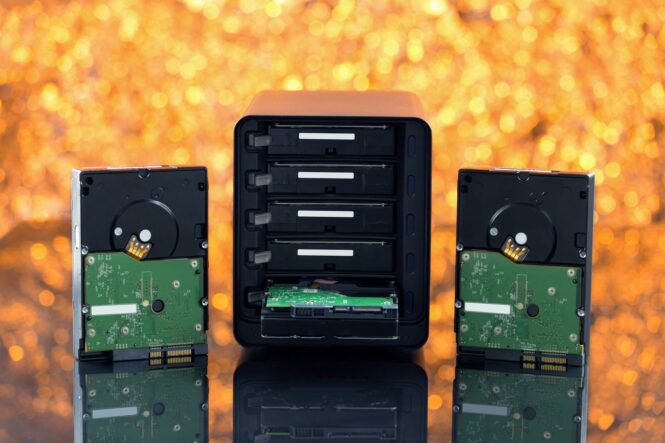
When choosing the right storage device for your needs, there are some factors that you need to consider. Remember that not all storage devices are created equal. Internal drives are designed to increase the storage space of your desktop or laptop, while external devices are designed to be a portable storage option.
Before you end up purchasing a particular storage device, take a look at the following factors:
-
Brand
Little do you know that the brand of a storage device has a large effect on the failure rate and life expectancy? So, you need to choose the ones that have low failure rates and allows you to enjoy its benefits for an extended period.
-
Capacity
The capacity of a storage device is another consideration, where you need to think about the media files you want to store. Videos and movies will require a large amount of storage space between 250MB to 1.4 GB. As for the audio and music, you will need a storage device with a general file size between 2 to 15MB. Photos may require less file size, but the higher the quality of the image is the greater capacity. So, you will need a storage device with a file size from 100KB to 5MB.
-
Form Factor
Generally, desktop requires 3.5-inch drives since space is more available. When it comes to laptops, they often use smaller sized drives between 1.8 inch and 2.5 inches to save on space.
-
Interface
In case you are looking for an internal drive, make sure to consider the interface type. That is because it will impact the data rate that can be transferred. Some of the interface options include Small Computer System Interface (SCSI), Fibre Channel, PATA (IDE/EIDE), SAS, and SATA.
How to Store Media to Storage Devices
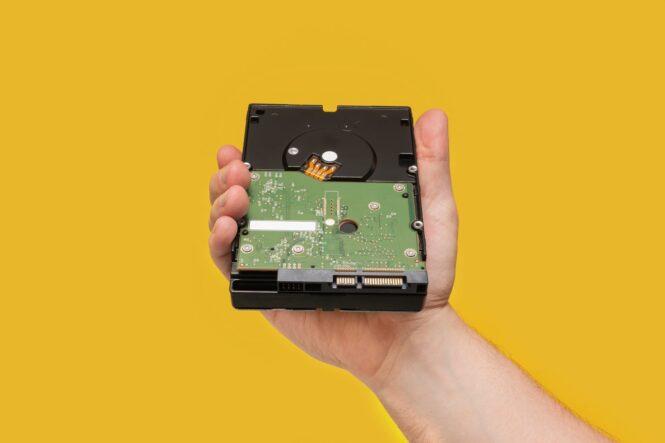
Going through birthday photos, family photos, wedding photos, corporate videos, or your favorite movies and music can be exhausting. However, if you take advantage of storage devices, you can the storage process quick and easy. These devices will do the entire job of backing up media for you.
However, is it easy to store media to any of these storage devices? The good news is that you do not gain additional technical skills just to use these devices. To learn more about the photo stick features navigate here
For example, you will use a storage device called PhotoStick. You can store media into this device with the following steps:
- Connect the storage device to the USB port of your PC or laptop.
- Click on the “Start” button.
- Press the “Go” option.
- Wait for a few moments, and enjoy storing your files.
Final Thoughts
With so many beautiful moments to cherish, everyone loves to take photos or record photos. Not only that, but people also love storing music and movies on their gadgets. So, it’s an excellent idea to own a storage device. That way, you will never run out of space and continue watching your favorite videos and movies or taking photos from time to time.
 Imagup General Magazine 2024
Imagup General Magazine 2024



